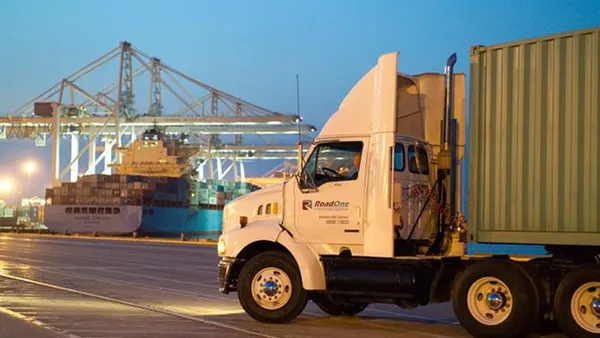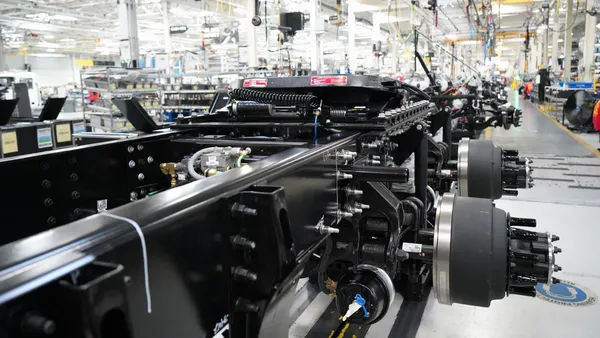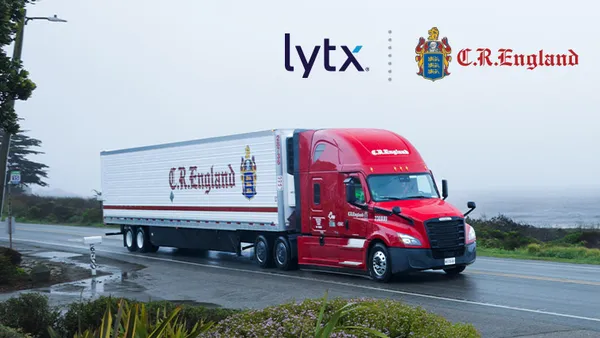Lanny Fleming began his career with Roadway Express in 1977. He was with American Freightways and FedEx Freight for 20 years, and UPS Freight for six.
Too frequently in my career, I’ve seen LTL customers experience unpleasant surprises when they open their freight invoices.
I once received a frantic call from an intermediary. One of their customers received a freight bill for over $5,000 when they expected an invoice of a few hundred dollars.
It wasn’t a rating error or a typo. The inexperienced customer had shipped a buggy (as in horse and buggy) replete with fringe on top. They had loaded it onto a 28-foot-trailer without any packaging. Rather than rate the shipment based on its 2,000-pound declared weight as the shipper anticipated, we had rated it based on its space consumption — three quarters of the trailer, a much pricier way of measuring the shipment. The difference in size measurement and corresponding pricing created a costly error.
I saw this scenario play itself out time again over my 40 years in LTL. The reason is very simple: Too many people who ship and receive in the LTL environment lack a critical understanding of how the sector works. And for small companies watching every dollar of cost and revenue, one major shipping error can have dramatic effects on their business.
Some of the most common, and avoidable, shipping errors include:
- a lack of knowledge around a carrier’s rules tariffs
- inaccurate product descriptions
- poor packaging
- an incomplete bill of lading
- falsely stated shipment weights
- incomplete delivery instructions
These mistakes can lead to even more problems, such as invoicing errors, excessive claims, costly redeliveries and other customer disputes that serve to inflate a carrier’s administrative and operational costs.
So how do carriers resolve these issues? By educating shippers.
In my past professional life, my team and I accepted and embraced the concept of customer education, which also included intermediaries. We approached this concept in several ways, such as by hosting lunch seminars for shipping and receiving staff, holding educational dinners for transportation managers, and delivering education materials to customers.
Today’s technology didn’t exist back in the 1980s and 1990s. Thankfully, time-consuming face-to-face meetings have often been replaced with more efficient options such as webinars, Zoom meetings and many forms of social media. Just think how effective a carrier can be now in developing online education tools for customers and intermediaries.
Carriers should study customer data to spot consistent error spots, such as consistent classification errors and weight corrections. Highlighting problem areas can help steer training sessions with customers and intermediaries and build efficient and profitable relationships between them and carriers.











